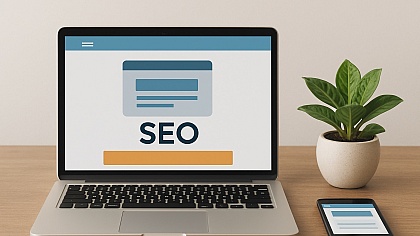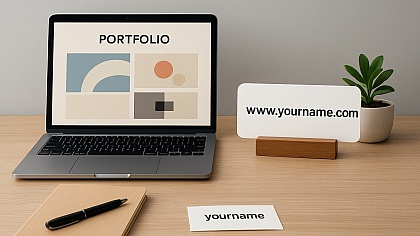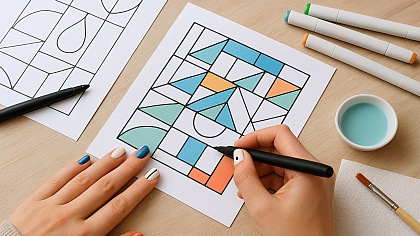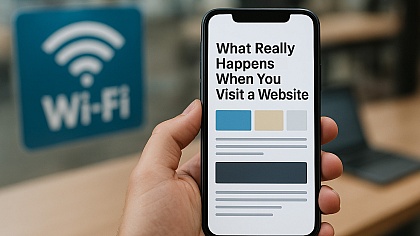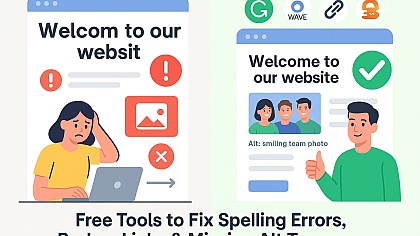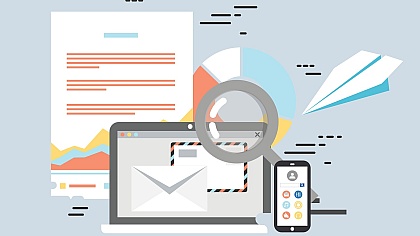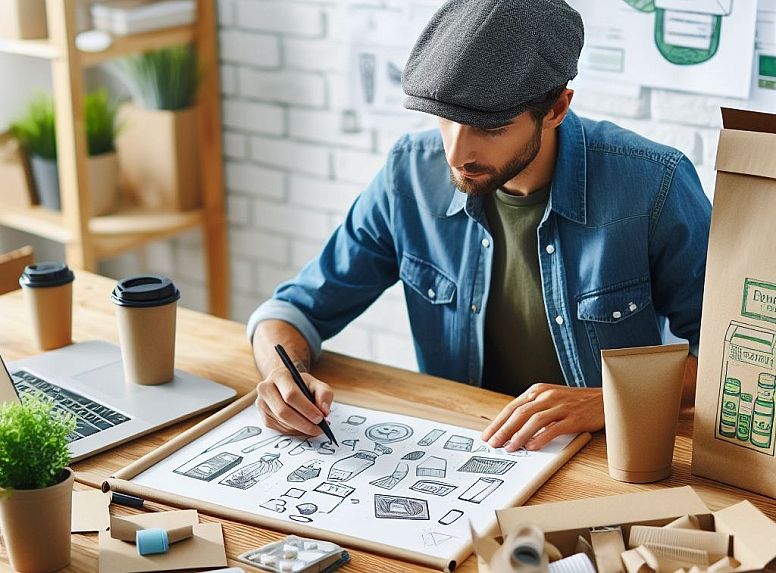
7 Ways To Improve Product Packaging
Businesses should pay attention to the public perception of them and the image that customers have in their minds. If customers aren't impressed by your brand, you should improve the visual elements of your brand e.g. the colour, design, logos, etc.
If you deal with physical products, you can try to improve the packaging of each product. This makes them more attractive on shelves, enhances the customer’s experience, and increases sales revenue.
Hire a packaging designer
An external professional packaging designer can bring fresh ideas to the table. They can help to design product packaging that appeals to your target demographic.
With innovative solutions, businesses can access cutting-edge packaging designs tailored to their brand identity.
These creatives often collaborate with researchers, sales teams, graphic designers, etc to create packaging that captures customer attention and is capable of protecting products.
A packaging designer often researches to discover innovations in packaging. They pay attention to how certain designs influence shopping preferences and they also analyze competitor brand packaging. They also go through different design stages where they create various design drafts, design mockups, and adjust where needed.
Go green
Customers expect brands to consider the environment during manufacturing, production, and packaging. The stats show that 55% of consumers are inclined to spend extra on environmentally conscious brands.
84% of customers indicate that inadequate environmental practices will distance them from a brand or company.
Eco-friendly packaging involves the use of recyclable and biodegradable materials that are greener to produce, can decompose naturally and are safer for the environment. Some examples include plantable packaging, bioplastics, organic fabric packaging, recycled plastic packaging, edible packaging, recycled cardboard and paper, etc.
Test usability
Product packaging needs to have the correct shape, size, and materials and also be functional. If you’re producing stuff like food, accessories, clothing, and gadgets, you need to use the most appropriate packaging solution for them. The material shouldn’t affect or contaminate the product inside. It should be easy for customers to hold, carry or pick it up.
After designing and implementing the packaging, you can run focus groups to gauge how people experience it. You’ll be able to examine how the customer feels about it, how practical the packaging is, and any updates that should be made. You have to determine the usability of each product's packaging before you proceed to mass-produce them.
Ensure it travels well
Products typically have to be transported from the factory to the warehouse, store shelves and customer doorsteps. You have to make sure that your packaging is strong and can withstand the rigours of shipment without being damaged. If the products delivered are broken or defective, customers will be dissatisfied and end up leaving bad reviews.
Many products need shipping-friendly packaging options. For example, you can use two or three layers of packaging to protect the product during shipment. It ensures that the product remains in good condition for as long as possible. You should pay attention to how protective your packaging is and use packaging materials with much tougher quality.
Make it easy to open
The unboxing trend by social media influencers has made companies develop eye-catching product packaging. You need to make them attractive with the help of a modern logo, an attractive colour scheme, as well as designs, fonts, etc. Attractive packaging helps to capture attention quickly, increase the excitement when opening the package, and enhance the product value.

Many customers want a great unboxing experience that they can share on social media and tell their friends. So you need to make sure that it's easy to open the package.
There can be different layers for protection but all of them should be easy to open. The majority of customers don’t want to struggle or spend too much time on unboxing.
Write instructions that are easy to follow
Some products are self-explanatory and straightforward for anyone to understand. While other products require assembling or have operating instructions. It's necessary to add a leaflet that contains enough information and any step-by-step instructions that customers have to follow. It helps them to learn and get started with the product easily.
You should also realize that user instructions are meant to be well-structured and designed. It's not enough to add chunks of text explaining what the customer should do. You can use creative designs, add some colour, and include some visual representation. It's also important to place the instruction manual correctly within the packaging.
Get customer feedback
Since customers are the end-users, you need to know their perception and experience with your packaging. First, you can ask some of your target demographics to review the packaging and share their opinion. Secondly, you can also send free samples to some people and collect their feedback on how appealing or practical the packaging is.
You can create different variations of product packaging and ask customers to choose their favourite. This helps to determine the best packaging for your products. Customer feedback also helps you understand the areas where a person might struggle with your packaging. They can also offer suggestions on how to improve the design and text.
When it comes to product packaging, you should consider who your target demographic is and what can make them interested in your kind of product. The packaging needs to be appealing, protective, appropriate and easy to unbox. You should also make sure to test usability and collect feedback before deciding on a certain product packaging.


